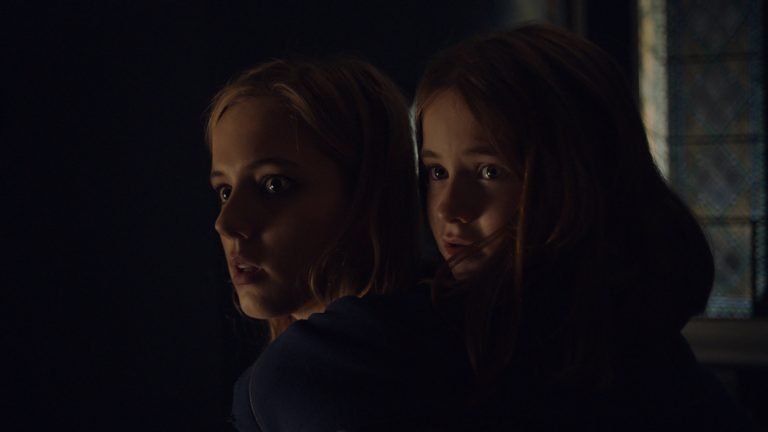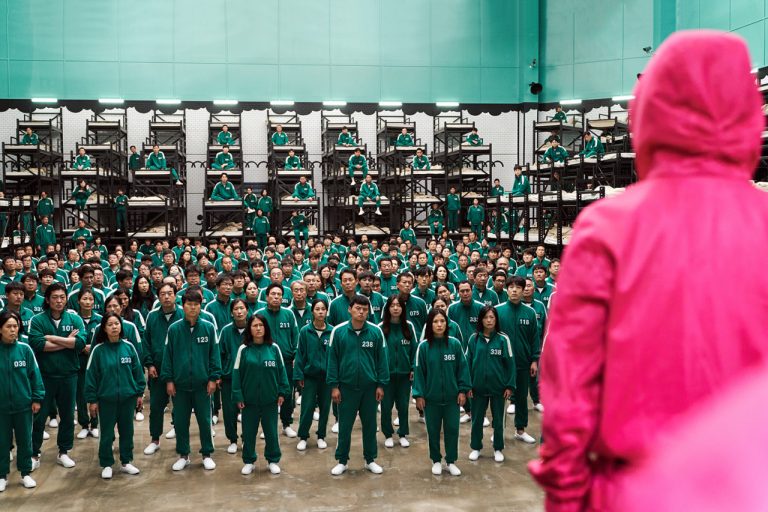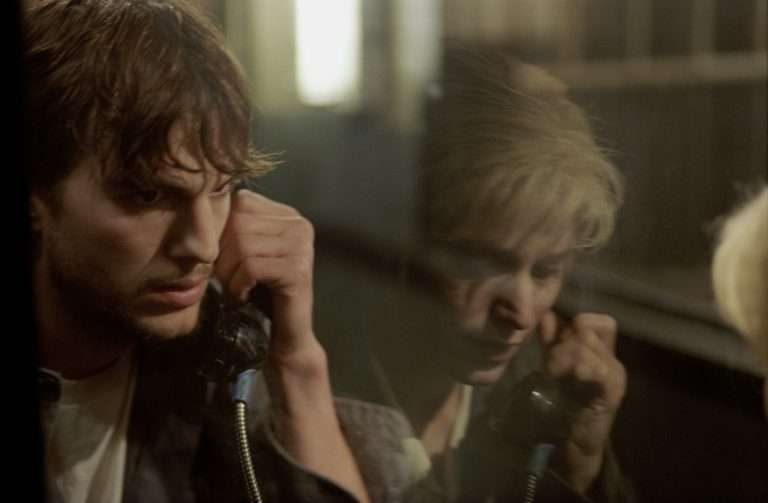They say “An empty mind is a devil’s workshop.” But what about a mind that’s brimming with thoughts? A mind that simply has no control over this overflow of information and that nothing seems to put an end to it other than a story that takes up a form of its own? In Joe Wright’s “The Woman in the Window,” Amy Adams plays Anna Fox – a child psychologist suffering from agoraphobia (a condition where a person has fear of open spaces). Set almost entirely inside her huge, creepy house, the film plays on a few too many Hitchcockian tropes – until it doesn’t have a life of its own, failing to compensate on a stellar cast and an intriguing premise.
But before we get into the film and its many flaws, let’s look into the film’s fate. This is a film that has an ensemble cast of A-listers – Amy Adams, Julianne Moore, Gary Oldman, Anthony Mackie & Jennifer Jason Leigh, who are all fine actors that you rarely find in a film together. To top that the film is based on an award-winning book that is adapted by Tony-winning playwright Tracy Letts (he also stars as Anna’s therapist here). That said, some things aren’t just meant to be. After a few failed test screenings, a bunch of rewrites (a new writer was brought in last minute), and a straight to Netflix sell, “The Woman in the Window,” was deemed for disaster.
Related to The Woman in the Window – Wander [2020] Review – The paranoia of Conspiracy Theories
Coming to the film itself, we open with Anna waking up on a Monday in her home where she lives alone. She gets on a phone call with her husband Ed (Anthony Mackie) and has a quick chat with her daughter before chugging down a bunch of pills. Her therapist comes in and we are made aware of the fact that Anna hasn’t left the house in a long, long time. Her agoraphobia has only worsened and there doesn’t seem to be a way for her to deal with it. The reason for her condition is left under the wraps for us but of course, the smart audience will figure it out within minutes.
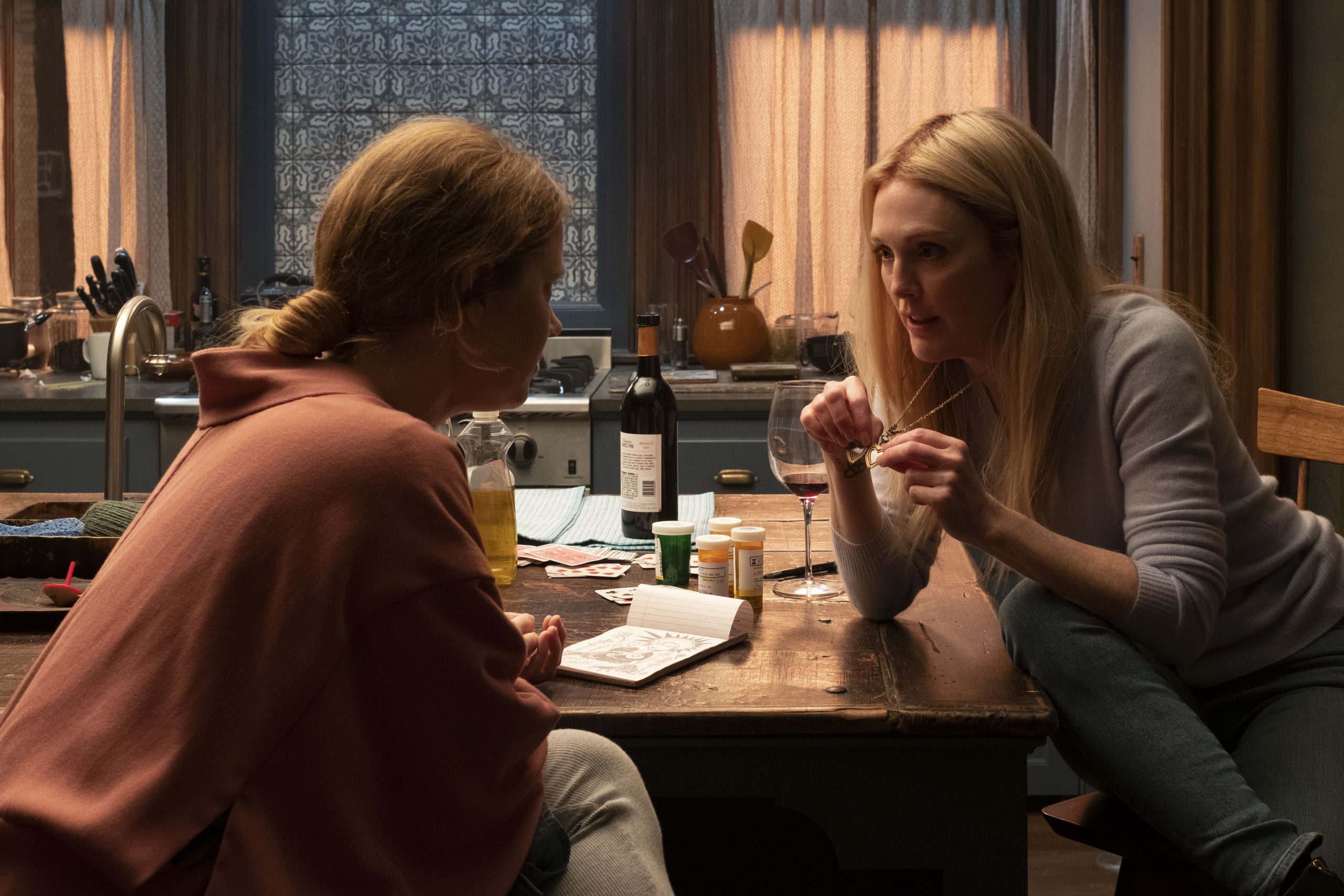
As we follow Anna’s routine, we see her curiosity getting the better of her. Since she has nothing much to do, she basically lulls around her window and spies on her neighbors. In the lew of Hitchock’s “Rear Window,” Anna begins to take an interest in the newly moved-in family across the street. She finds their picture-perfect life full of loopholes and gets aggressively interested in the violent episodes Alistair Russell (Gary Oldman) has with his young son Ethan (Fred Hechinger). Ethan – a sensitive 15-year-old comes up to her and befriends her one of these days before something truly disturbing happens. The rest of the film plays out like one of those murder mysteries where the witness – in this case, a heavily drugged and intoxicated Anna Fox serving as an unreliable reporter.
Similar to The Woman in the Window – Gone Girl [2014] Review: Our Quiet Secret
Now, a few things do work in Joe Wright’s “The Woman in the Window.” The single-location setting provides ample time for the director to make it feel lived-in. Cinematographer Bruno Delbonnel manages to lense the entirety of the setting with close-cut movements which create a sense of urgency and anxiety that replicate Anna’s state of mind. The production design is phenomenal, wherein we are made aware of the house and everything in it so that if we get lost in its interior – it becomes a conscious choice.
Other than that, the film follows a major downward spiral. The premise and the writing take a hit around 20 minutes in. The 2nd act twist is something so generic that even first-time viewers can see it coming from miles. The third act setting and eventual southward turn also feel incredibly problematic and ill-conceived. I’m not sure when filmmakers and writers will understand that using mental health as a trigger can only get them so far. The fact that the film consciously pays homage to old classics and then moves into B-movie aesthetics while trying to draw parallels to the Manhattan murders sounds like wreckage that can’t be saved.
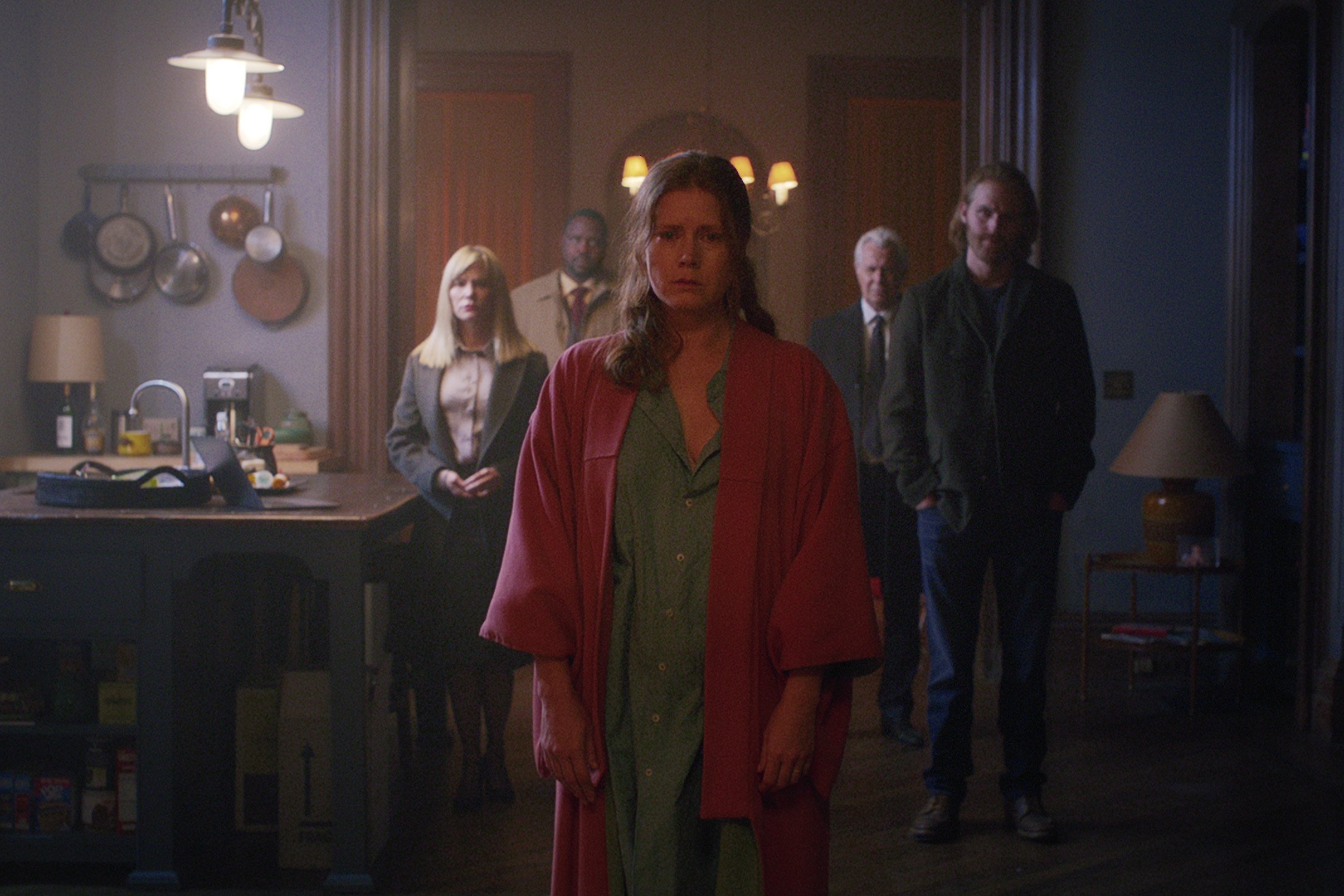
What’s also surprising; other than the tonally haywire 2nd and 3rd act is Amy Adam’s turn as Anna Fox. The usually dependable actress can’t work her charm here. She is dressed up in loose clothes and her character is often made aware of her slipping paranoia but Adams brings in such a flat performance that you care less about her existence or her condition at large. It also doesn’t help that the writing of her character is so caricaturish. In fact, all other actors feel like they have been conceived out of a single-running gag. Only Julianne Moore in a brief role impresses. Her character is so tricky and convincing that you actually feel something more is left for us to understand.
The foreshadowing that Wright brings to “The Woman in the Window” is truly unimpressive. With pedestrian turns – including a B-movie cop-out, fail to uplift this substandard material to anything particularly interesting.




![Moonlight [2016]: Even boys get the blues.](https://79468c92.delivery.rocketcdn.me/wp-content/uploads/2017/01/moonlight-a24-poster.jpg)
